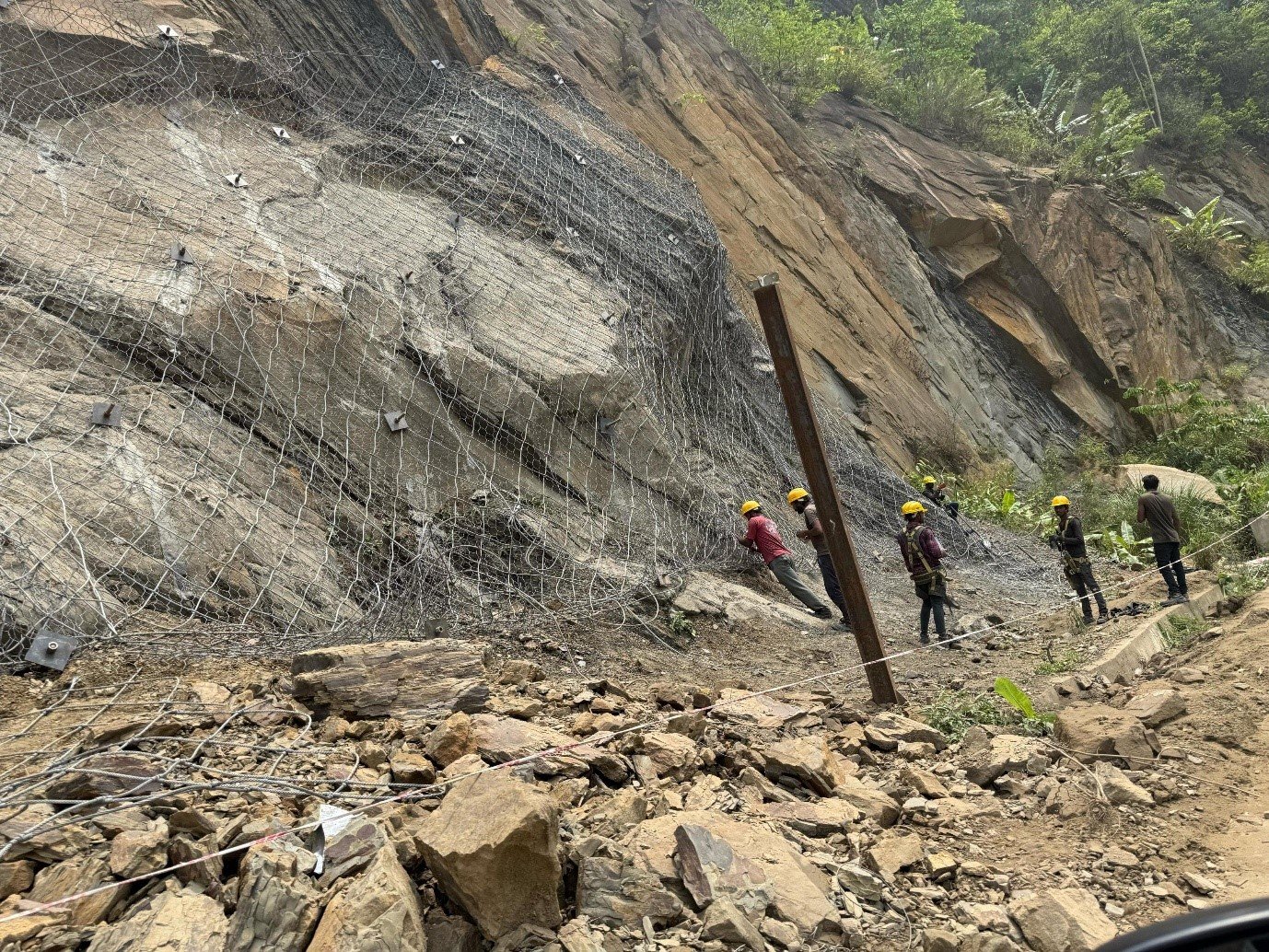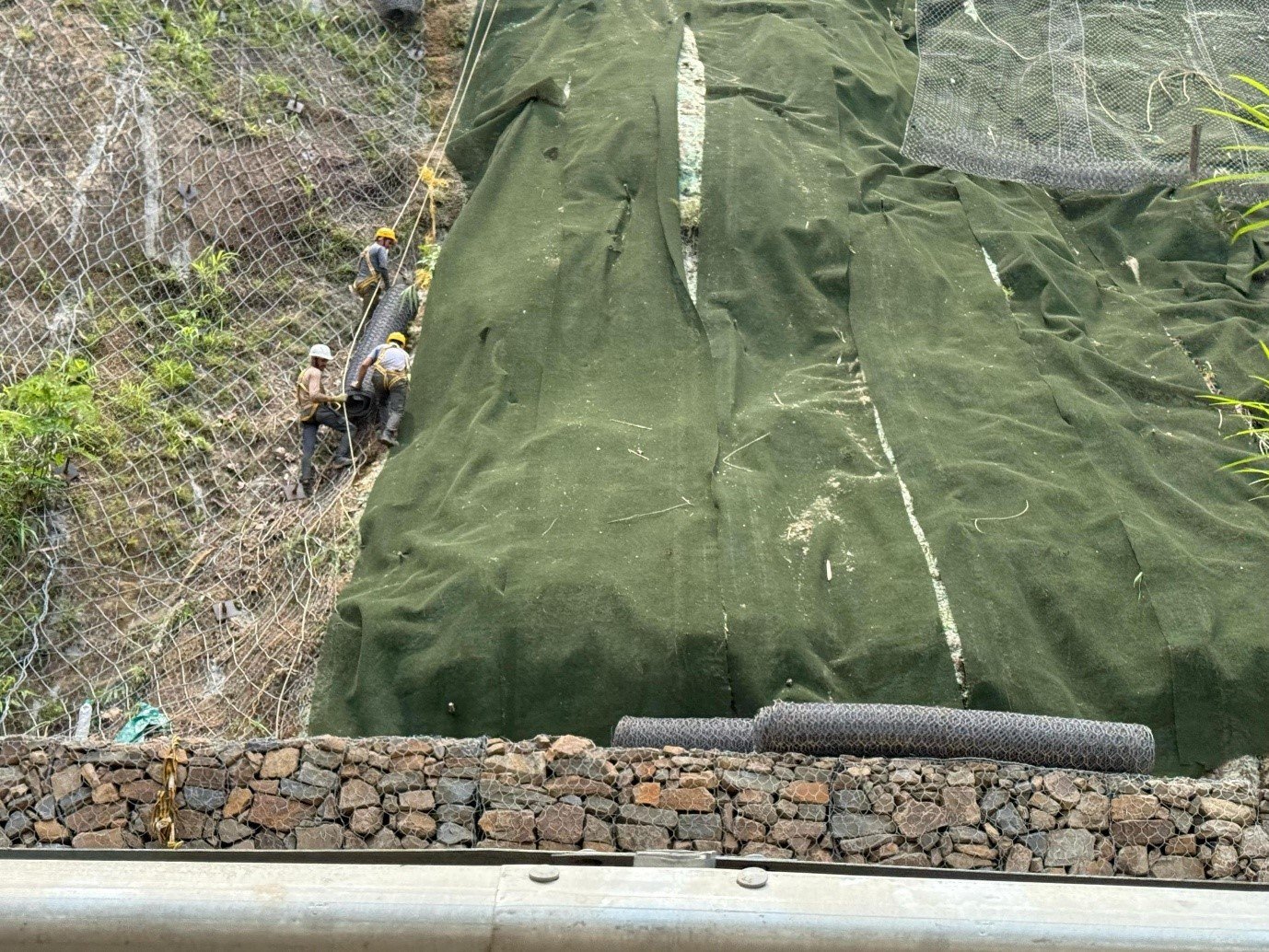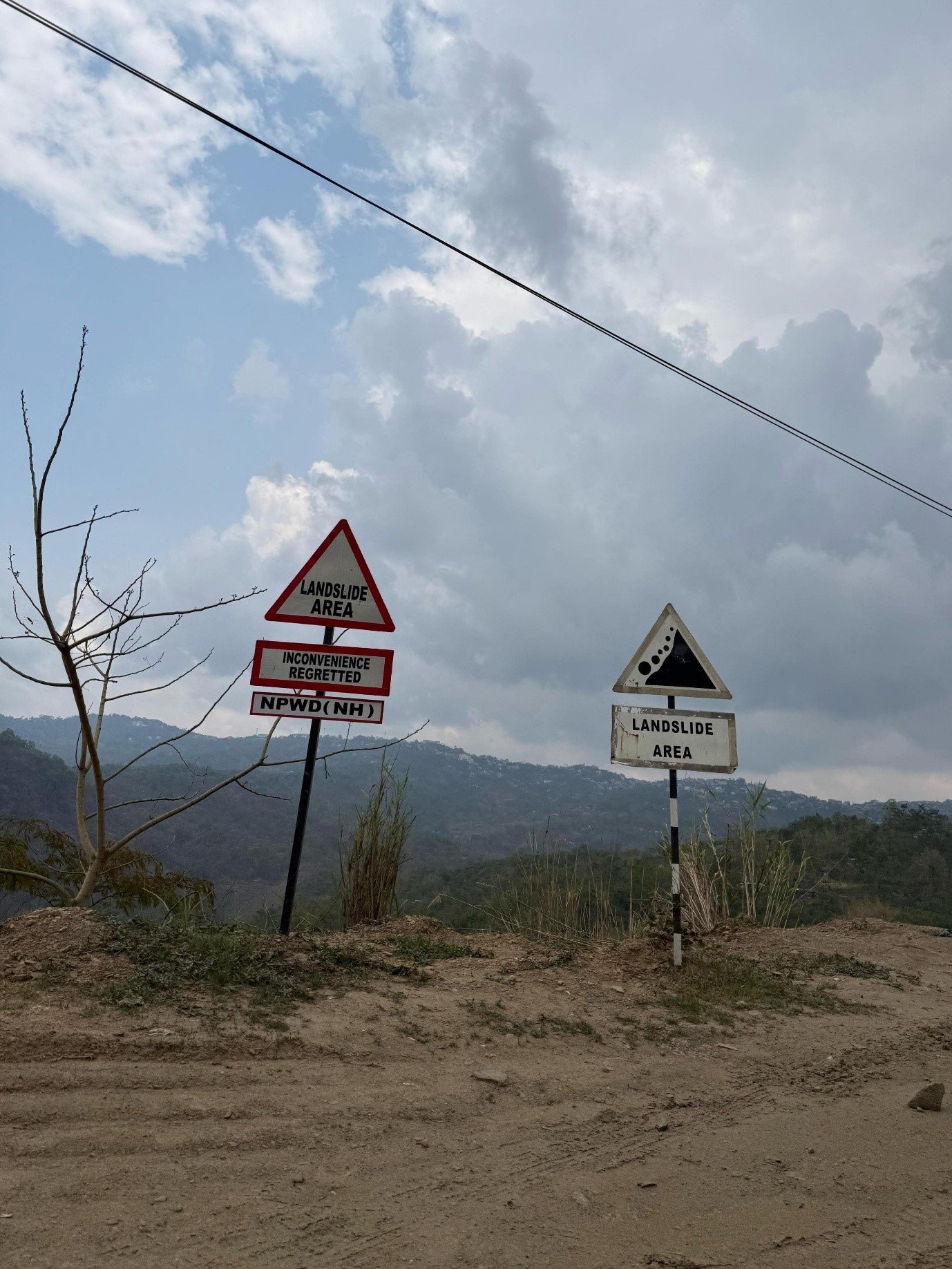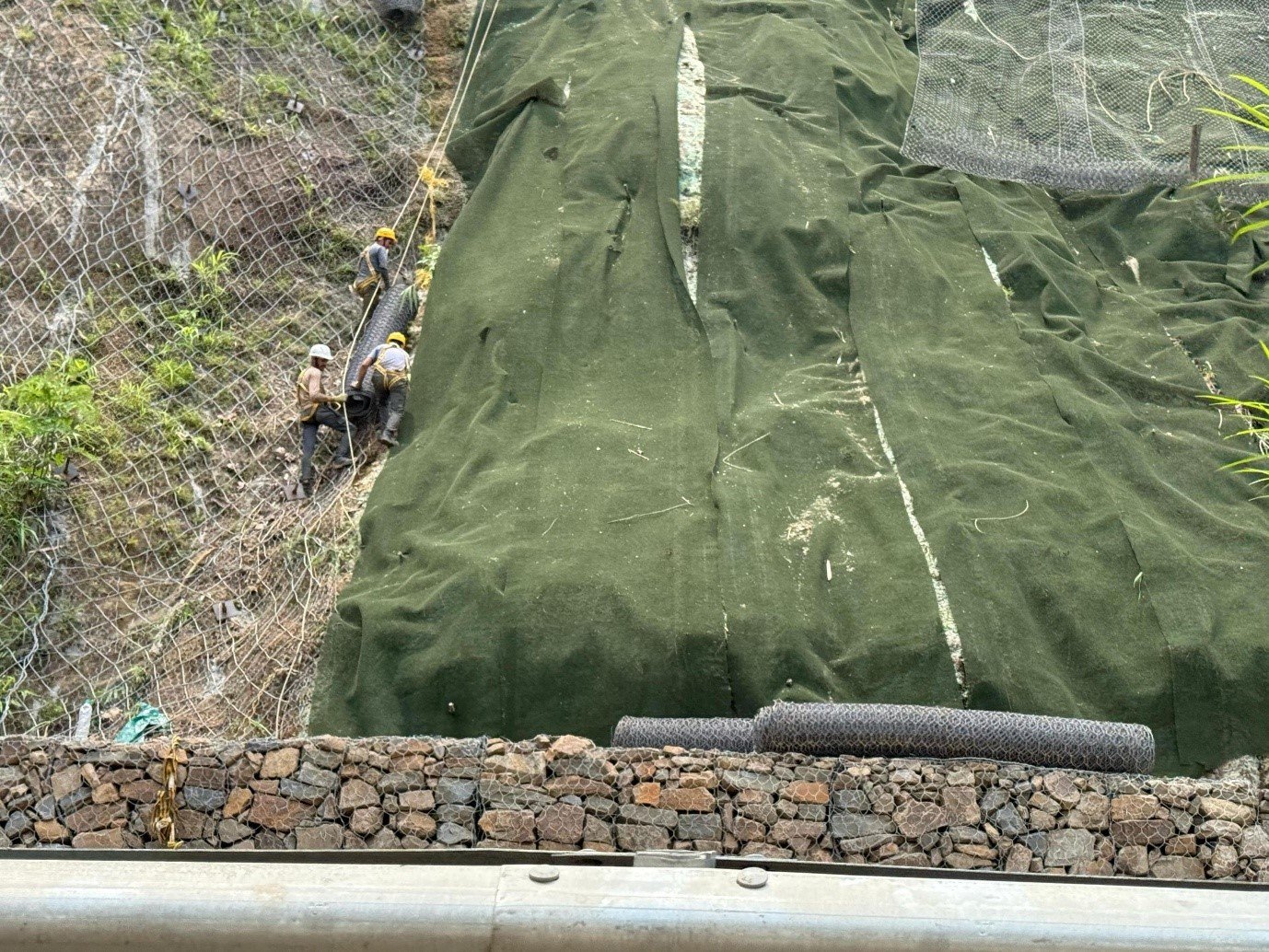Kohima, situated between the scenic Nagaland hills, is a city steeped in history and heritage but it remains stuck with an ongoing and mounting crisis: the poor state of its road infrastructure. For inhabitants and visitors alike, traveling by road within and around Kohima, particularly on National Highways 29 and 2, has become an ordeal characterized by delay, peril, and growing exasperation.
The topography of Kohima is both its beauty and its bane. The city’s hilliness and weak geology consisting mainly of weathered shale’s and soft rock formation leaving it extremely susceptible to landslides. The natural calamities, especially during the monsoon months, often clog key roads, affect vital services, and cut off entire communities for days. Among the worst hit is the Dimapur-Kohima road (NH-29), a crucial highway for the passage of goods and people. Numerous cases of subsidence on the road, rock falls, and deadly accidents have been documented in recent years on this stretch.
Download Nagaland Tribune app on Google Play

As a result, On july 4,2023 a landslide on the Kohima-Dimapur highway in Nagaland Chümoukedima district resulted in the deaths of two people and injuries to three others. A giant rock rolled down, crushing three cars. The incident occurred around 5 pm during heavy rain near the Old Chümoukedima police checkpost.

Adding to the natural handicaps is the problem of poor construction and lack of maintenance. Studies and reports have identified the use of sub-standard materials, shoddy workmanship, and dubious engineering practices on many of the region’s large road projects. In several areas, the absence of proper drainage and retaining walls has resulted in road erosion and waterlogging that have further weakened the already fragile infrastructure.

In spite of periodic inspections and orders by government officials, long-term remediation eludes use. Repair of roads is usually reactive, done only after significant accidents instead of as part of a long-term maintenance strategy. The public continues to suffer while experiencing growing travel times, health problems due to dust pollution, and limitations on access to basic services.
Kohima’s road problem is not just one of inconvenience—it is a severe development bottleneck that requires urgent and consistent focus. As Nagaland seeks to expand and become more integrated into the balance of India’s transport and economic networks, investment in sound, durable, and properly planned infrastructure will be pivotal. In the meantime, however, the capital city’s roads continue to deteriorate literally and figuratively under the pressures of neglect.

Kevilhounyü Kuotsu
St Anthony’s college
6th Semester, Communication for development

